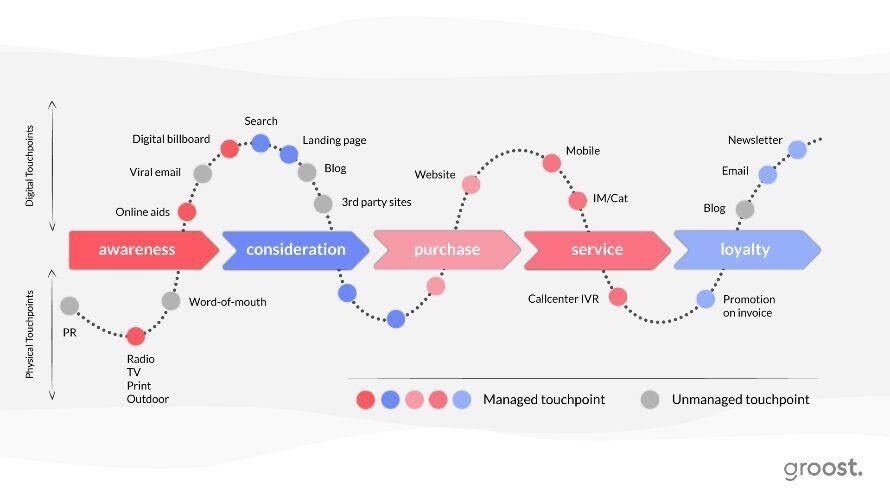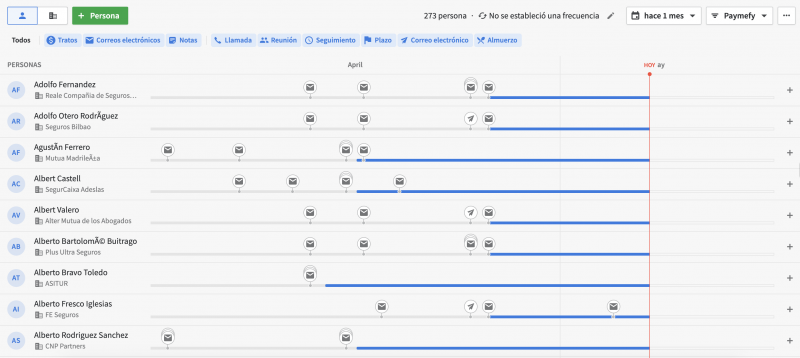When we talk about cold outreach there are different media to get to your potential prospect and initiate a conversation: via email, phone, sms, or social media. But how do we know where and when to start, what combination to use and how to avoid being too spamy and persistent?
This is what we call the art of cadence.
An outbound cadence, is when a sales development representative reaches out to someone who doesn’t know your company via all available means, according to a previously developed strategy. When cadences are performed correctly, they not only increase a rep’s ability to engage with a prospect, but they also educate buyers further down the sales pipeline.
The five elements
Well, this is not really a Chinese philosophy we’re talking about, but there still are the five essential elements you have to be familiar with in order to better understand the drill.
ATTEMPTS – The total number of touch points made during the campaign.
MEDIA The type of communication methods used (Calls, Mail, Texting, Social media)
DURATION The time between the first and last attempt in the campaign
SPACING The time gap between contact attempts – those pauses that indicate your awareness of people’s private space and a need to process the information
CONTENT The messaging used to inform, persuade, create the need and capture the potential prospect

Practical guidelines
What should be the total amount of touches? The data tells us for an outbound cadence it should be up to six total attempts, with three attempts as the sweet spot. Doing more is not necessarily bad, it’s just less effective.
What should be the media? The researches have shown that using multiple communication methods is always more effective than using just one:
- one communication method: 9.5% success rate
- two communication methods: 22.5% success rate
- three communication methods: 25.1% success rate
The practice shows it’s not always taken into account. Statistically the most utilized outbound sales cadence is a single dial with 26.5% of all cadences following this pattern.
When it comes to using different communication methods, every SDR (or a company) should figure out what works best for them and their audience, but here are a couple principles to consider:
- Phone is 2x more popular than email (65.6% of all activities for phone versus 31.8% all activities)
- More communication methods, typically the better
- Reps who go outbound to target contacts and accounts should start with more passive communication such as email or social, followed by more aggressive communication like the phone. This is especially true if this is a relational sale where deals are larger and sales cycles are slower
The perfect campaign duration? Well, while on average it’s between 5 and 20 days according to studies, those critical points are too far away. Outbound target accounts should last up to twelve days. Like in case of attempts, it is not necessarily bad to go past these ranges, it is just less effective
Talking about spacing, it’s typical to be around 4-5 days (which is quite a bit longer than people believed they do). Reps often feel they are bugging prospects, so there is no surprise to that. Usually, the time gap after the first contact attempt is the shortest (less than a day) and each following gap gets longer until finally settling into a weekly spacing pattern. To stay in optimal spacing ranges on inbound leads, reps should have spacing up to two days.
And needless to say that content can be the x-factor in a cadence as a rep can send one really good email and the rest of the cadence may not be necessary. But we’ll examine this part further in our next articles about the Account-based selling.
Automation

- Incorporate all communication methods into your Pipedrive (or any other tool you might be using), including calls, threaded emails, SMS texting and LinkedIn messaging. Personalize your communications with native contact and account insights from LinkedIn, Medium and Twitter, and enrich your emails with embedded videos.
- Save time and enforce messaging using pre-recorded voicemails, LinkedIn messages and email templates. Yes, in case of having a wide range of buyer person’s positions (industries, sectors, markets, departments, whatever) this will require plenty of time and dedication, but once done, you’ll just have to choose the right template aaaand that’s it.
- Check your database. Regularly. You don’t want to mess around with your next step just because you’ve got the wrong number or email address. So get those contacts verified, debugged, free of duplicates and up to date.
- Create personal promocodes, links and user accounts to track your performance and get insights.
To sum up
Is there a perfect formula for a cadence? Of course, not. At first, you’ll be going intuitively, studying your audience, learning from mistakes, but eventually you’ll get there.
Although there’s something we may do for you to not screw your first campaigns completely. Leave us your email and we’ll send you cadence examples that work best for us, that way there will be barely a possibility to get it all wrong.





